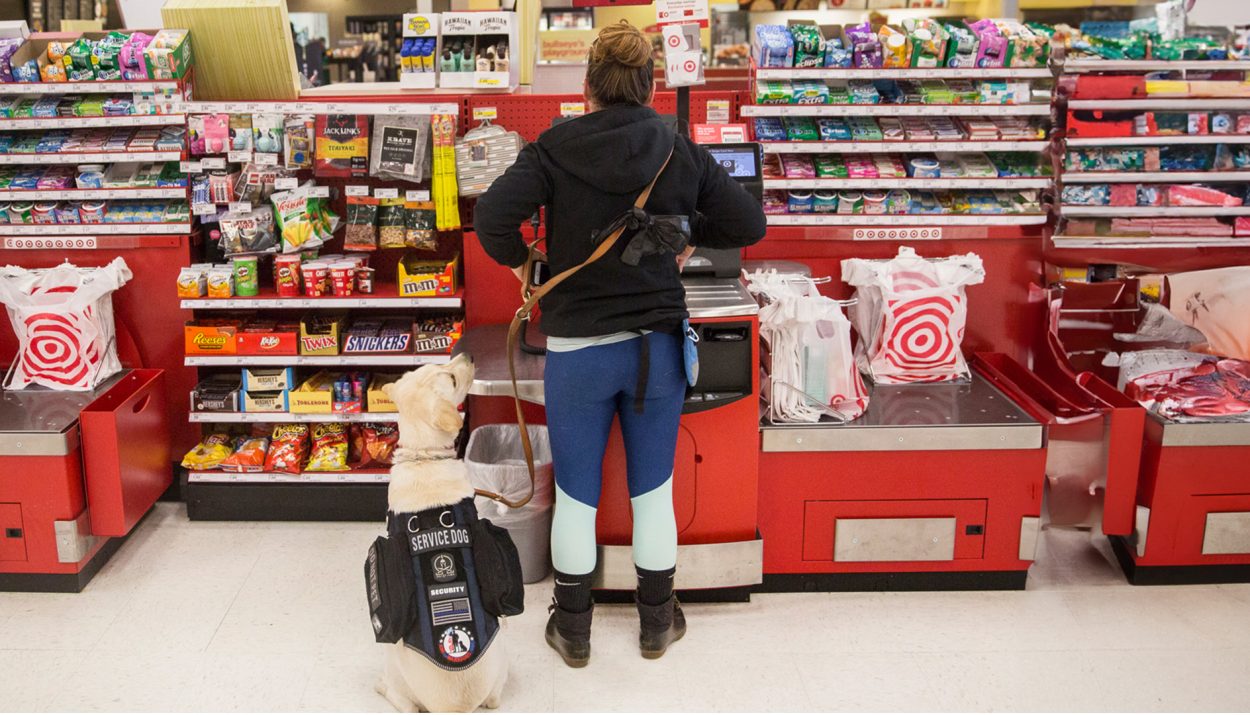Self-checkout lanes revolutionized retail shopping by empowering customers to scan and pay for their items. But due to surging shoplifting rates that have cost stores billions, major chains like Target and Walmart are now quietly removing self-checkouts across the country.
Proof They Are Vanishing
An image recently went viral showing that a Walmart in California had roped off all its self-checkout aisles, sparking speculation of a widespread removal. When asked, Walmart did not comment on potential self-checkout removals.
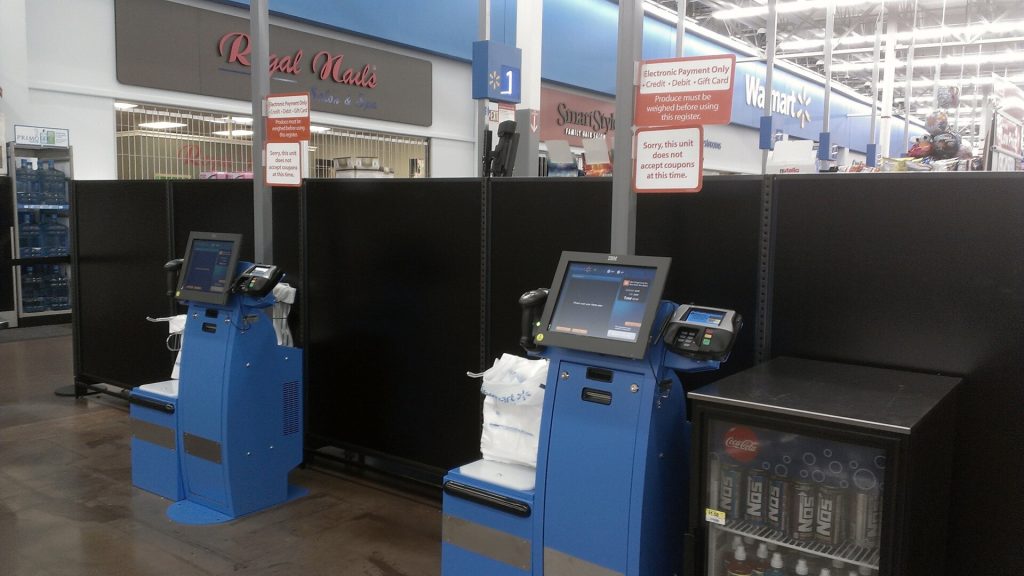
Target and other major chains have also avoided commenting, wanting to keep the disappearing self-checkouts hush.
Behind Closed Lanes
Target has taken to shutting off self-checkouts completely in some San Francisco stores in an act of “defensive retailing” that may soon spread. Where self-checkouts remain, chains like Target limit their use to small purchases only, with big carts being checked out the old-fashioned way.
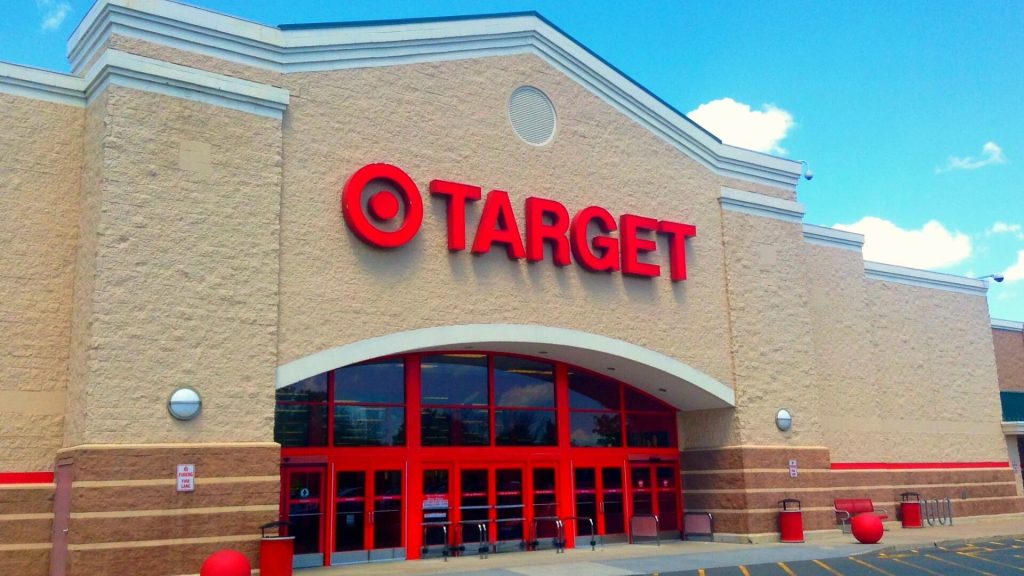
While retailers stay quiet publicly, the reality is that rising retail theft rates are making costly self-checkouts more trouble than they may be worth.
Surging Shoplifting Rates
Retail theft is way up, according to police data and national retail surveys. LAPD numbers show a 16% jump in retail theft in 2022 alone. Mass shoplifting incidents by organized “flash mobs” are also becoming more common, taking retailers by storm and cleaning out inventory.
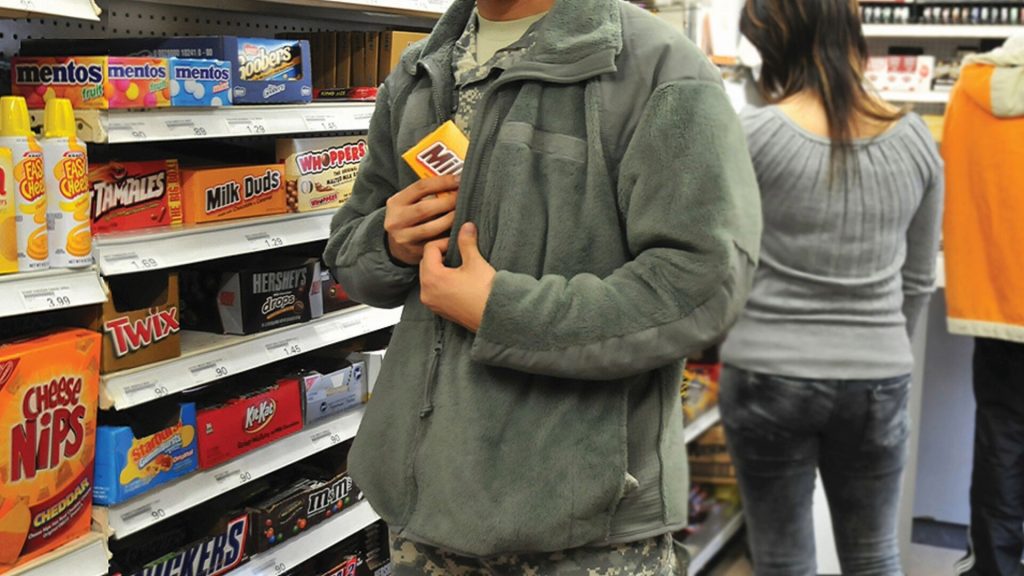
Nationwide, retailers reported over $112 billion in theft losses last year. With numbers like these, self-checkouts pose too great of a shoplifting risk.
Easy Access for Thieves
Self-checkouts made shoplifting easy, giving thieves open access to scan what they want – or not scan items at all. And the stakes were low if caught – many jurisdictions declined to prosecute shoplifters. Now, stores are wising up to the costs.
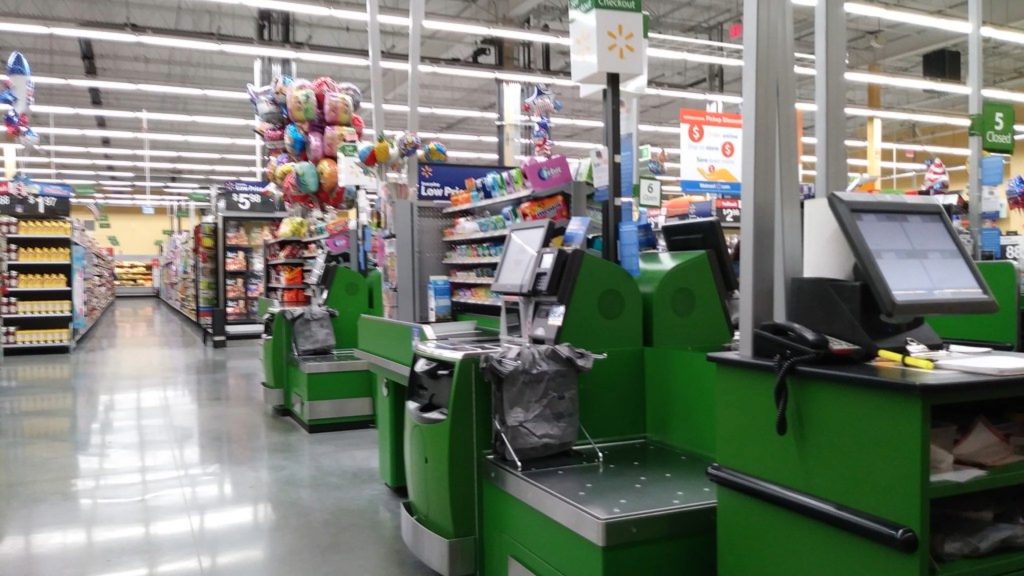
Some research showed that theft increased by 30% after stores introduced self-checkouts. With shoplifting already high, continuing to enable criminals is no longer sustainable.
California’s Retail Crime Wave
In California, shoplifting and retail theft have been especially problematic. The recent trend of flash mob robberies has alarmed retailers, as large groups rush into stores, overwhelm staff, and make off with thousands of stolen goods in minutes.

Organized retail crime costs California business owners $30 billion annually – a massive loss that has already driven some smaller stores into bankruptcy. Removing self-checkouts is a desperate measure to curb this rampant theft crisis.
It’s Not Just California
Though California makes headlines for its retail theft epidemic, it’s a growing national problem. Texas, Illinois, New York, and more face alarming shoplifting rates that have steadily risen over the last five years.
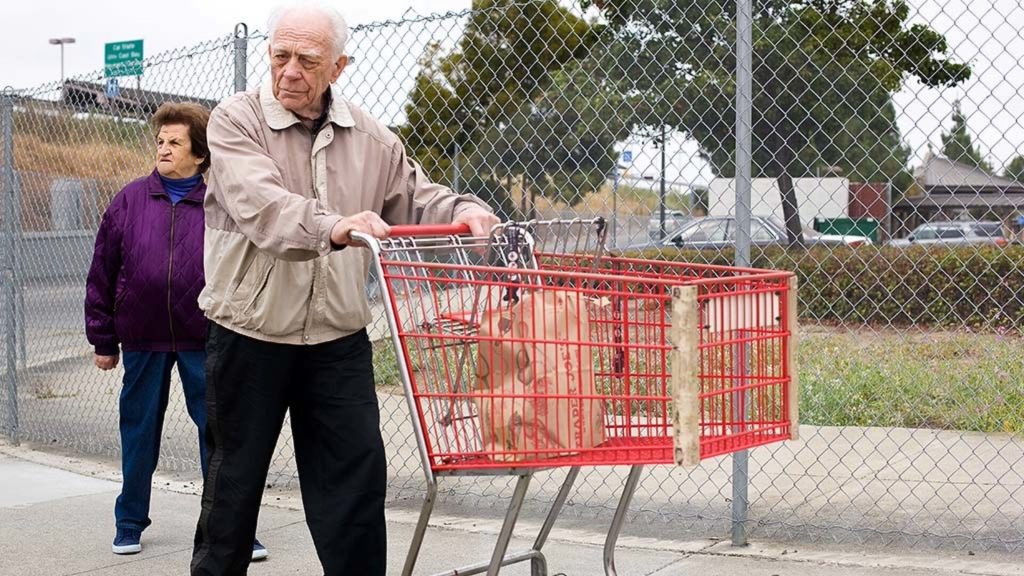
As more jurisdictions decline to charge shoplifters, criminals face little deterrent. Mass shoplifting incidents and organized “smash and grab” theft rings are spreading beyond the West Coast, leaving retailers with no choice but to limit opportunities for crime.
Turning Off Easy Access
With self-checkout shoplifting accounting for major retail losses, turning off the lanes removes a significant crime opportunity. Retailers report that when self-checkouts are shut down, shoplifting rates notably drop. Though it may frustrate honest shoppers, restricting self-checkout sends a message that theft will not be tolerated.

Paired with lobbying for stricter penalties and security tech investments, removing self-checkout is the first step in retailers fighting back against this epidemic.
AI Takes Over
For retailers determined to keep self-checkout despite the risks, new artificial intelligence offers a high-tech solution. Stores like Kroger have introduced AI that can detect when items aren’t scanned and halt transactions until the discrepancy is resolved.

If the customer can’t remedy the alert, staff are called over for auditing and theft prevention. As the AI gets smarter, the odds of tricking self-checkouts drop significantly. Though it likely can’t beat an outright removal, AI helps mitigate growing losses.
Customer Frustration Mounts
While shutting down self-checkout lanes may reduce theft, the decision comes with tradeoffs. Namely, frustrating customers who prefer to check out themselves. Longer lines and understaffed checkouts have shoppers complaining of wasting time and experiencing worse in-store experiences.
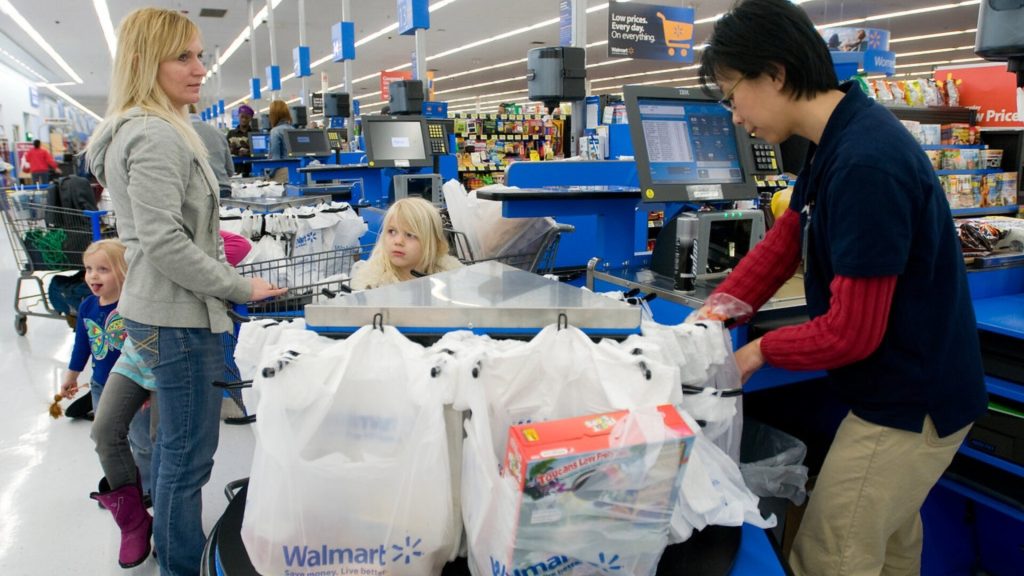
Some customers may switch stores based on convenience factors alone. Retailers must weigh carefully if recovered shoplifting losses outweigh driving customers away with restricted self-checkout access.
Where Do Stores Go Next?
With surging shoplifting rates showing no signs of slowing, retailers find themselves in a tough position. Do they continue removing self-checkouts at the cost of convenience? Invest in high-tech anti-theft AI to audit transactions. Or lobby for stronger legal shoplifting penalties to deter crimes in the first place?
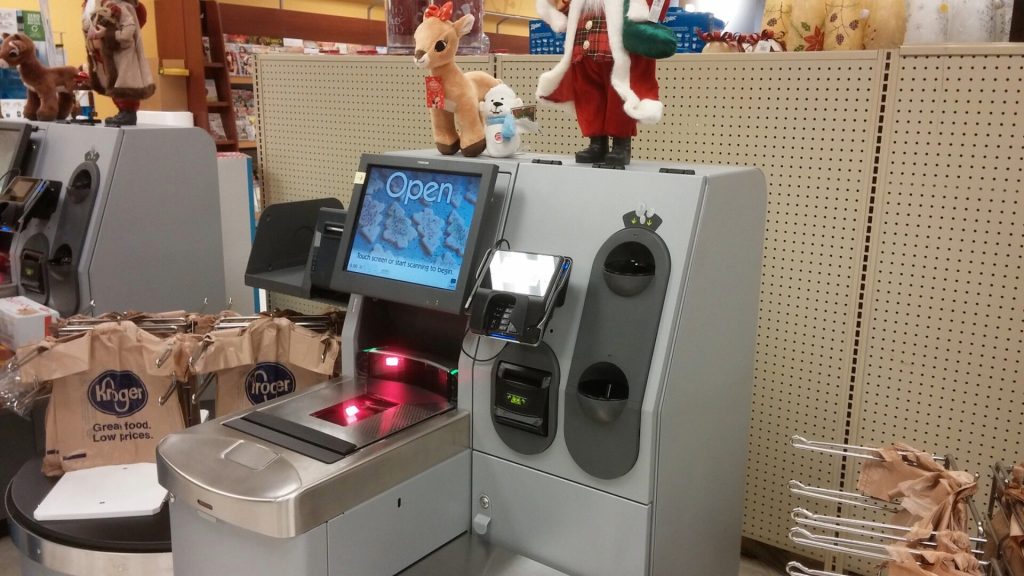
Likely it will be a combination, but the future looks increasingly low’tech for shopping transactions. Fewer self’checkouts paired with heightened security seem the inevitable result of unchecked retail theft.
A Domino Effect
If major chains like Target and Walmart continue self-checkout removal, it could trigger a domino effect across the wider industry. Other big box retailers especially shoplifting-prone areas may preemptively turn off their lanes before incurring unsustainable losses. Smaller stores could follow suit seeking to avoid becoming easy targets.

The days of convenient self-checkout everywhere from corner bodegas to hardware warehouses may soon end if shoplifting trends persist. The losses ultimately overwhelm technological novelty.
Turning Back the Clock
In many ways, removing self-checkouts feels like turning back the clock on retail innovation. Stores raced to install them less than ten years ago to great fanfare over the high-tech experience. Now with theft cutting deeply into profits, low-tech and humans may be the only solution left.
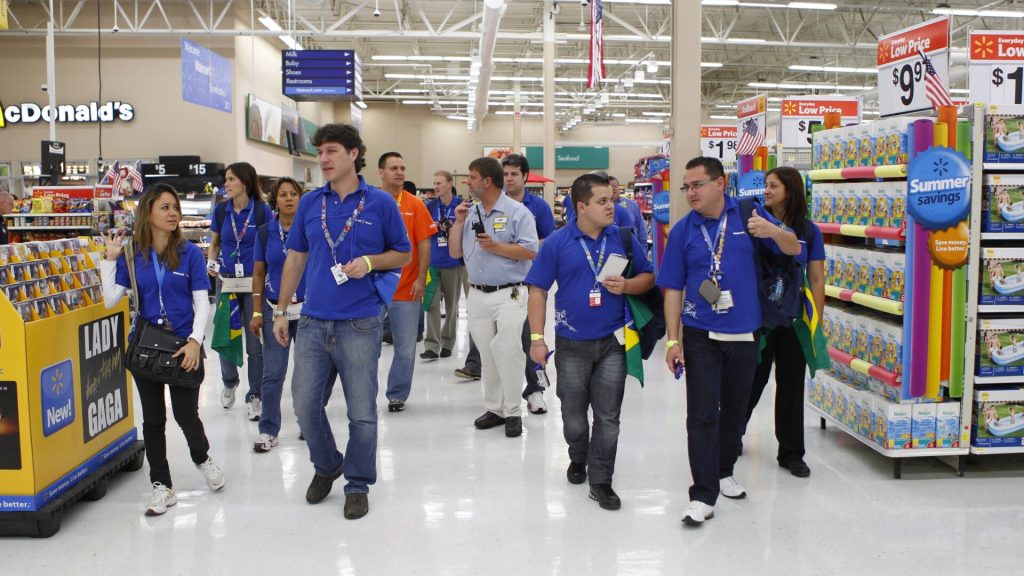
Shoppers frustrated by constantly busy cashiers and longer checkout lines have self-checkout thieves to thank. Unless the crisis is addressed at the root, retail transactions seem doomed to return to slower staff-only models more akin to the pre-mobile pay past.
A Cautionary Tale
The story of self-checkouts serves as a cautionary tale for retailers considering innovations. Introducing novel technology without fraud safeguards can leave businesses vulnerable to abuse. Self-checkouts assumed honest use but overlooked weaknesses thieves quickly exploited.

Innovations like cashier-less stores that track customers using sensors seem doomed if the same mistakes occur. Unless fraud prevention and legal penalties keep up with retail tech, inevitable abuse may tank future innovations just as shoplifting ringed the death knell for self-checkout lanes.
The End of An Era?
Through years of surging shoplifting, self-checkouts went from the exciting future of retail to a discontinued relic of the past. Their removal leaves stores less convenient but less prone to prolific theft. Only resolute action to deter criminals paired with high-tech anti-fraud measures can help retailers reclaim self-service transactions again.
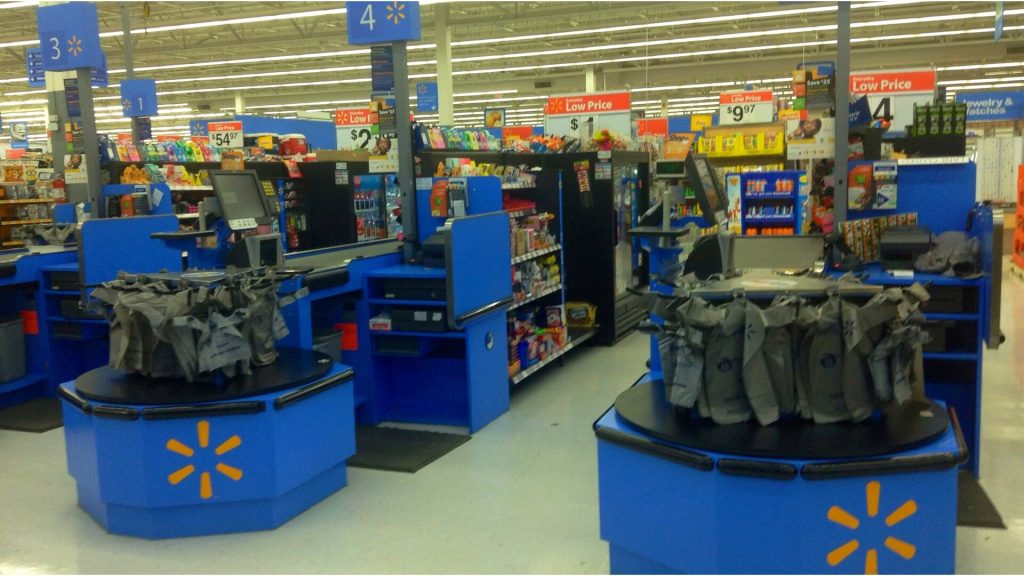
Until then, the era of scanning your groceries while dodging “Unexpected item in bagging area!” alerts seem headed for the history books.

